One of the most frequently asked questions during our overlanding presentations is:
What do I really need to start overlanding?
The good news is you don’t need much, at least not in the way of gear, which is what people usually mean when they ask us this question.
I will cover basic gear in this article. But before we get into “stuff,” here are a few characteristics I recommend:
- Desire to explore
- Sense of adventure
- Tenacity
- Self-reliance
- Little bit of money
If you have these qualities and a little coin as you consider getting into the overlanding lifestyle, then you are on solid ground.
Note: This article includes affiliate links. If you get excited about any of the products featured here, we’d love it if you’d shop via our links. This will encourage us to continue investing time in creating useful content!
Next I’ll cover the mandatory basics–things we all need to survive.
Survival Basics
I realize that when most people ask the “what do I need” question, they’re referring to gear. I’ll get to that in a moment. But gear in and of itself is not “must have” for the overlanding journey.
The things that are actual “must-haves” we all have in common. They apply to general survival, as well as overlanding.
Here’s the short list of the five basic needs:
- Water
- Shelter
- Food
- Warmth
- Sleep
Anyone who has ever taken a survival or bushcraft course, or has been trained by the military, knows these five basics all too well. They are drilled into us constantly.
If you have these five things, then you can survive. But modern day overlanding is more than just survival. Because most of us travel by vehicle, you’ll need a vehicle and fuel. At its most basic, the vehicle could be your feet, and the fuel could be water and food.
But modern-day overlanding typically includes an off-road-capable, motorized vehicle. I won’t get into what type of vehicle in this article, but suffice it to say you can start with whatever you have, and the appropriate fuel.
I’ve listed the five basic needs, so now let’s break them down as they relate to gear. Keep in mind, you don’t need all of the gear I list. Many of these items are just nice to have.
Regardless of how you choose to do it, just make sure you have the five basics of survival covered within your overlanding kit.
1/ Water
Not to be grim, but without water, you die. Some people say a week, some say 10 days. But any way you slice it, without water you will not survive long.
So you need a way to carry water with you on your journey. There are many options on the market. We use the following:
- Rotopax: We carry two of these inside our Jeep, providing us with 4.5 gallons.
- Camelbak: We carry two backpack-type water carriers, which we fill for hikes.
- Collapsible containers: We carry two 1.3-gallon collapsible jugs with spigots, which we use for washing and drinking.
- Lifesaver Jerrycan: This unit not only holds water but purifies it from both bacteria and viruses.
However you decide to carry water, make sure you plan to have 3/4-gallons of water per person, per day of travel–at minimum. This amount is JUST for drinking! You can use wipes in lieu of a shower, if needed. But you must have enough drinking water to survive your journey.
Under this basic need, you can always get a water filtration system. But in order to use it, you still need to have a water source. So again, carry the minimum with you.
Pro tip: The best way to tell if you’re hydrated enough is the color of your urine. It should be a transparent yellow color.
2/ Shelter
Having a shelter is key, not only physically, but psychologically.
Simply put, a shelter protects you from the sun, elements, insects, and extreme temperatures.
For our first overlanding build, we opted for a roof top tent and cold weather-rated sleeping bags. I did a full review of our roof top tent here.
However, you don’t need anything as fancy as our iKamper to get started. A small ground tent will suffice. Even a hammock and four-season sleeping bag could work just fine. We’ve seen people sleep in the back of their truck while overlanding. Heck, if you’re really hardcore, then all you need are some branches and leaves.
You do you. But have some sort of shelter.
3/ Food
We all need to eat. We also need a way to cook and store our food. (That is, if you want cooked food.)
Some might argue, “I don’t need to cook my food. I eat raw fish and berries.” Well, good on you.
But for the rest of us who aren’t that hardcore, you’ll want to be able to cook, store, and (gasp) maybe even refrigerate your food.
Cooking: From a simple fire and roasting stick, to an elaborate built-in cooking system, we’ve seen it all when it comes to the overlanding community. Personally, we use the Jetboil Genesis Basecamp, which I reviewed in this article. But, again, you don’t need anything fancy to get started. A trusty propane camping stove will work just fine.
Storage: Have somewhere to store your food. The issue here is wildlife, as much as spoilage. We use Tupperware containers for storage in our fridge, or spill-proof Ziploc bags when space is really tight.
Refrigeration: There are many options on the market. You can use a cooler with ice or a dedicated overlanding refrigerator like ours. But if you want to have the option of refrigerated food on your journey, then you need a solution. If you’d like to read about the fridge we use, then learn more here.
4/ Warmth
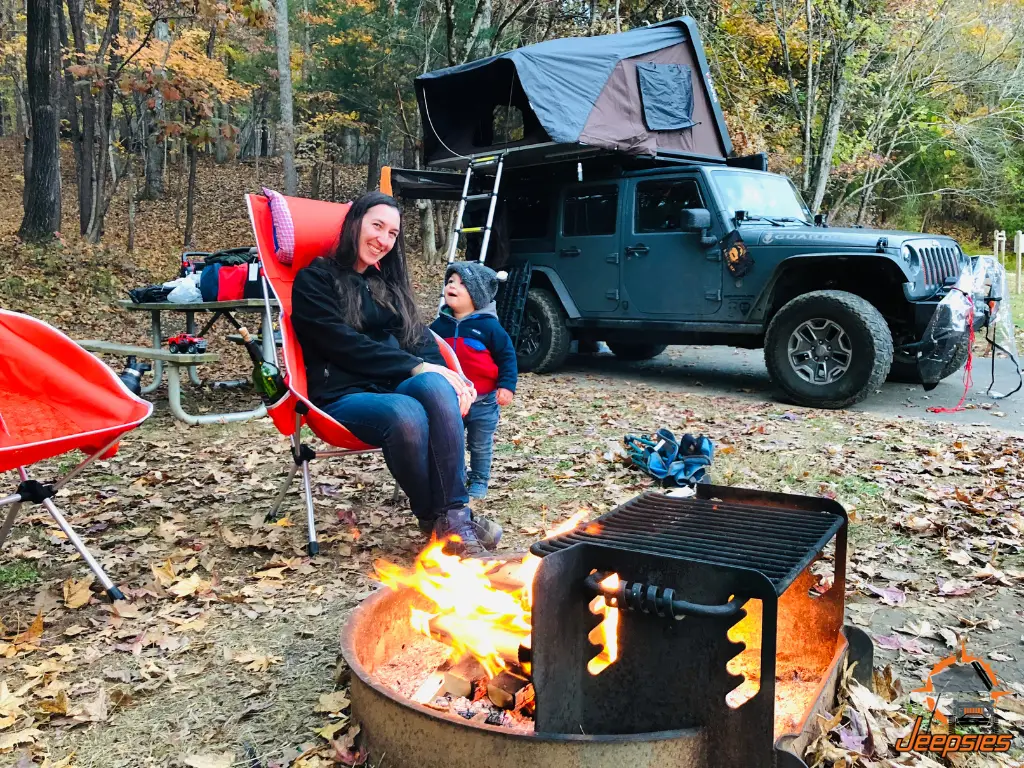
This basic need is often referred to as fire, but the human body doesn’t really need fire to survive. It does, however, need warmth and the ability to stay warm. Fire is the easiest, cheapest, and most natural way of obtaining this.
So you’ll want to have some method of starting a fire. It could be as simple as waterproof matches and dry tinder. Or as complex as a flamethrower (yes, we’ve seen small versions of this in an overlanding kit).
We carry a myriad of options for starting fires everywhere we go. We have a small torch that attaches to a one-pound propane bottle, a magnesium stick, fire starters, matches, lighters, and more. Yeah, we’re pretty serious when it comes to the ability to start a fire. If you’re ever overlanding with us, then we’ve got you covered here.
Other than the ability to create warmth, the ability to keep warm is important. I mean, you can keep your fire going all night, or you can opt for some other items to assist in this survival basic need.
For us, we use our Big Agnes sleeping bags, which are fantastic by the way, and we also have a portable propane Mr. Heater. These items, combined with our roof top tent, keep us off the ground and plenty warm throughout the night, even in subfreezing temperatures. (Don’t ask how we know.)
5/ Sleep
If my wife doesn’t get sleep, then I may not survive. Believe that.
To my knowledge, no human has ever been pronounced dead from lack of sleep. Though there was a study done at The University of Chicago with rats who were fed and given water, but were deprived of sleep. After 32 days, all the rats were dead.
Also, sleep deprivation is a form of torture used around the world. So there’s that.
All that to say that sleep is good and necessary. If you’re going to be out on the trail for extended periods of time, then you need to be able to sleep well. Believe me, some of the best sleep you can find is off-grid!
I’ve already mentioned that we use our Big Agnes sleeping bags. We have a Dream Island bag for Brittany and me, and a Lost Ranger bag for Caspian.
We sleep well.
Other Recommended Gear
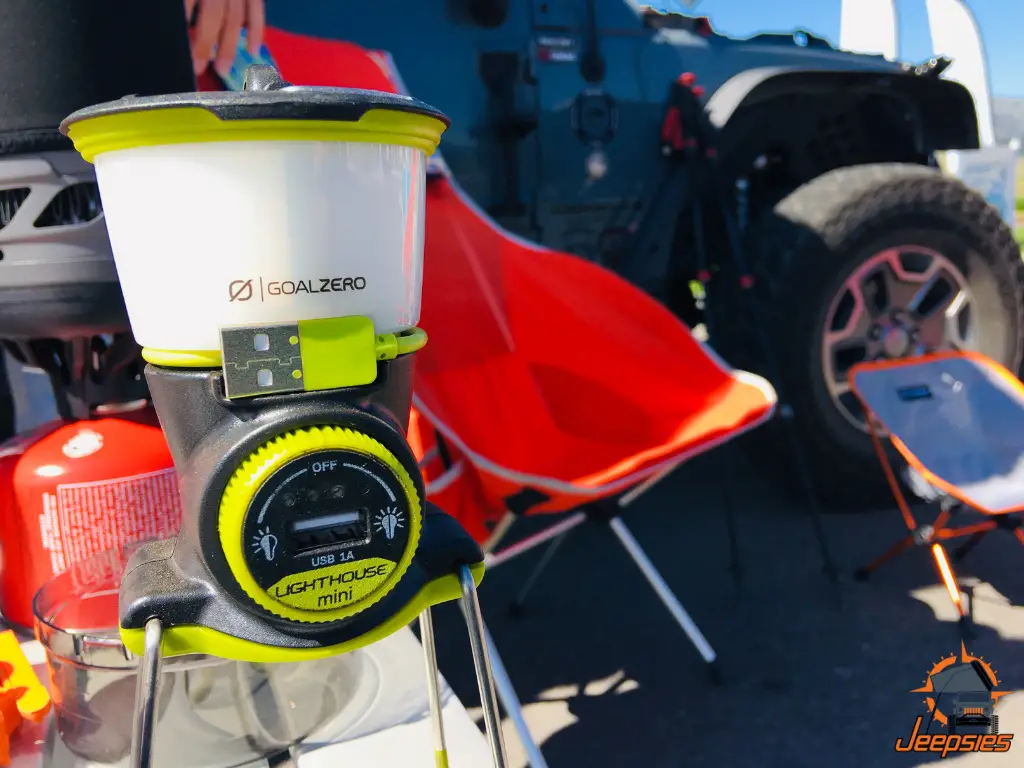
Other items that aren’t all required, but that we highly recommend you carry:
- First aid kit
- Fire extinguisher
- Shovel
- Tarp
- Zipties
- Bungee cords
- Trash bags
- Communication device
- Whistle
- Spare set of keys for your vehicle
- Knife
- Medication
- Rain jacket
- Extra socks
- Toothbrush
- Chapstick
- 550 paracord
- Mess kit
- Utensils
- Insect repellant
- Sunscreen
- Work gloves
- Hatchet
- Lantern, flashlight, or other light source like our Goal Zero mini lanterns
Please note, this is not an exhaustive list by any means, but it is oriented toward survival. For a full look at our overland kit, you’ll want to see our Master Overlanding Packing List. It is pretty detailed.
So What Do You Really Need for Overlanding?
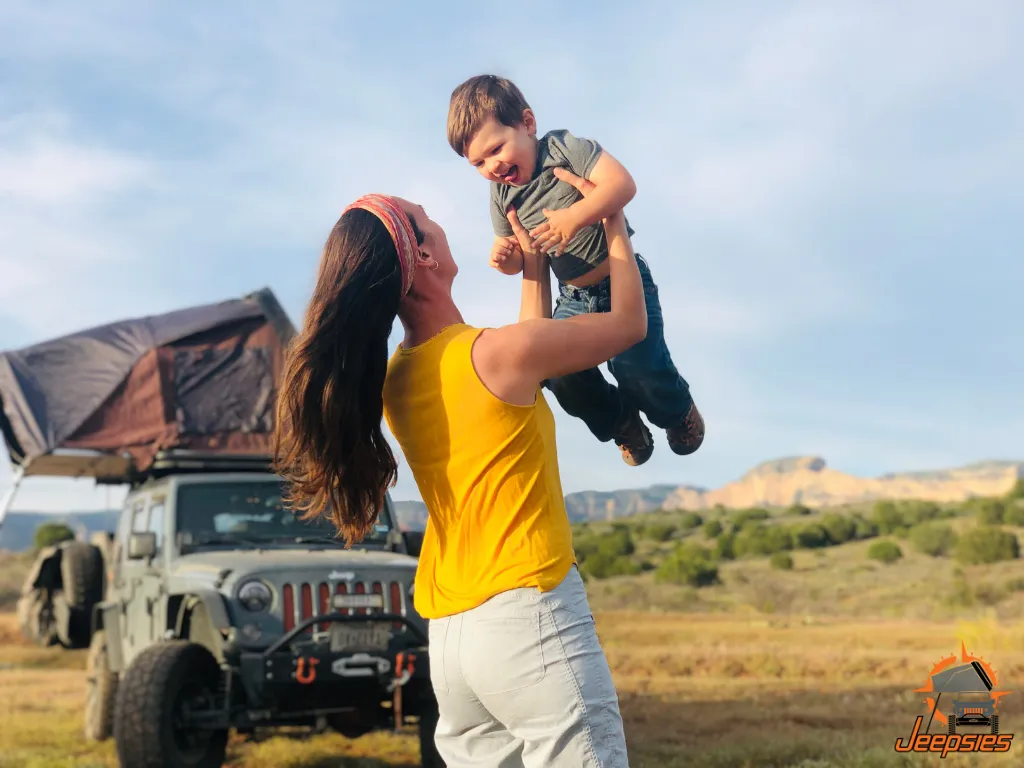
I hope what you’ve taken away from this article is you really don’t need much to get started. The point is to get out and explore, but to do so wisely.
Make sure your basic needs are covered.
On every trip, keep track of what you used, what you didn’t use, and what you wished you had–and adjust your overlanding arsenal accordingly.
As a note, you’ll notice a lot of our gear is high-end. We don’t apologize for this because it’s been chosen intentionally over time, through exhaustive research. Keep in mind, we’ve been traveling full-time since February 2014, and we don’t own a house or land.
So for us, the few items we have ARE our home expenditures, specifically chosen for the type of life we live. Before you criticize how much I spent on my tent, think about how much you spent on your last television. It’s all personal choice, right?
My bottom line advice is to get out and explore, and carry as little as you can to obtain as much enjoyment as you desire from the overlanding lifestyle.
I hope this article was helpful to you, and please drop me a comment with any questions or thoughts you may have.
Until next time, keep it dirty and wheels side down.
~ Eric, Brittany, and #LittleNomad

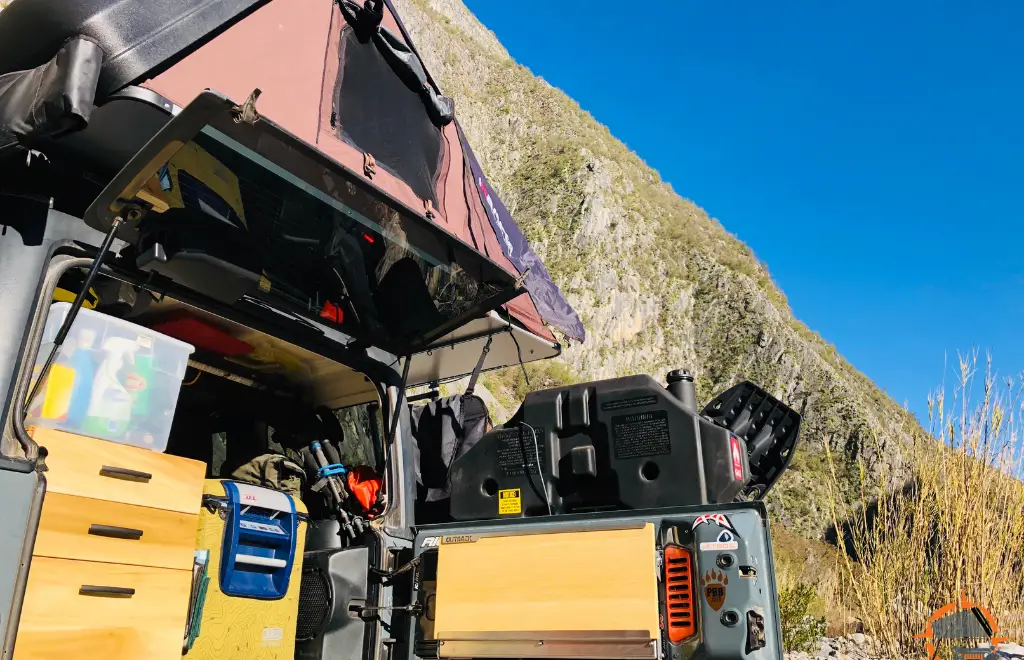
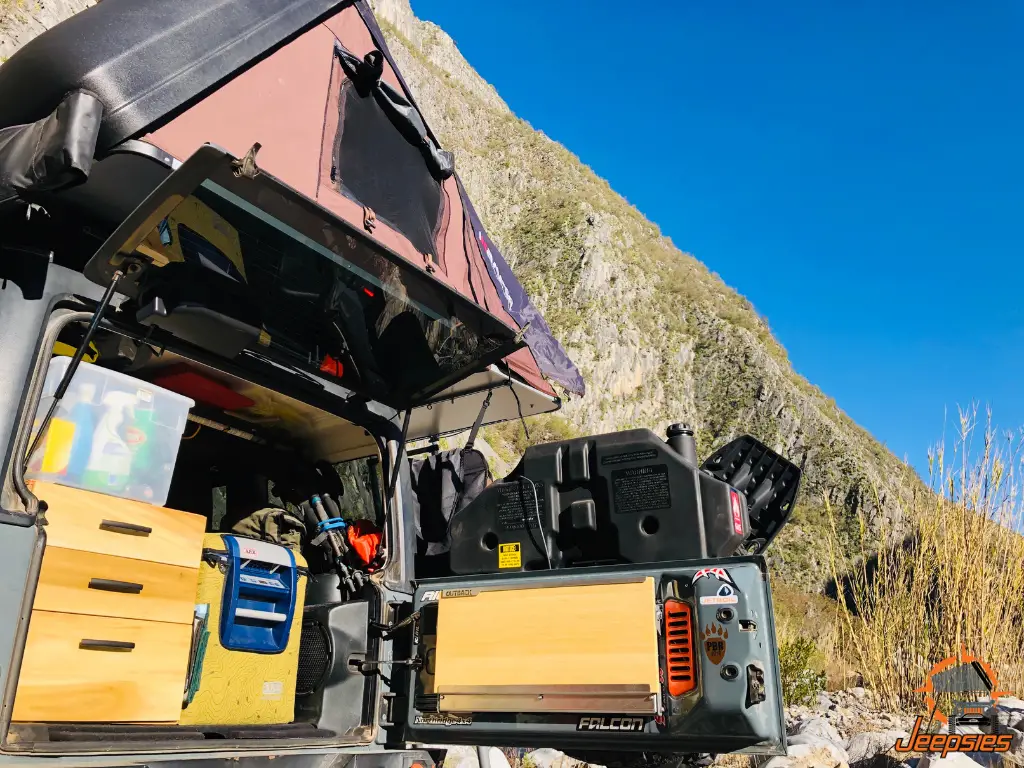
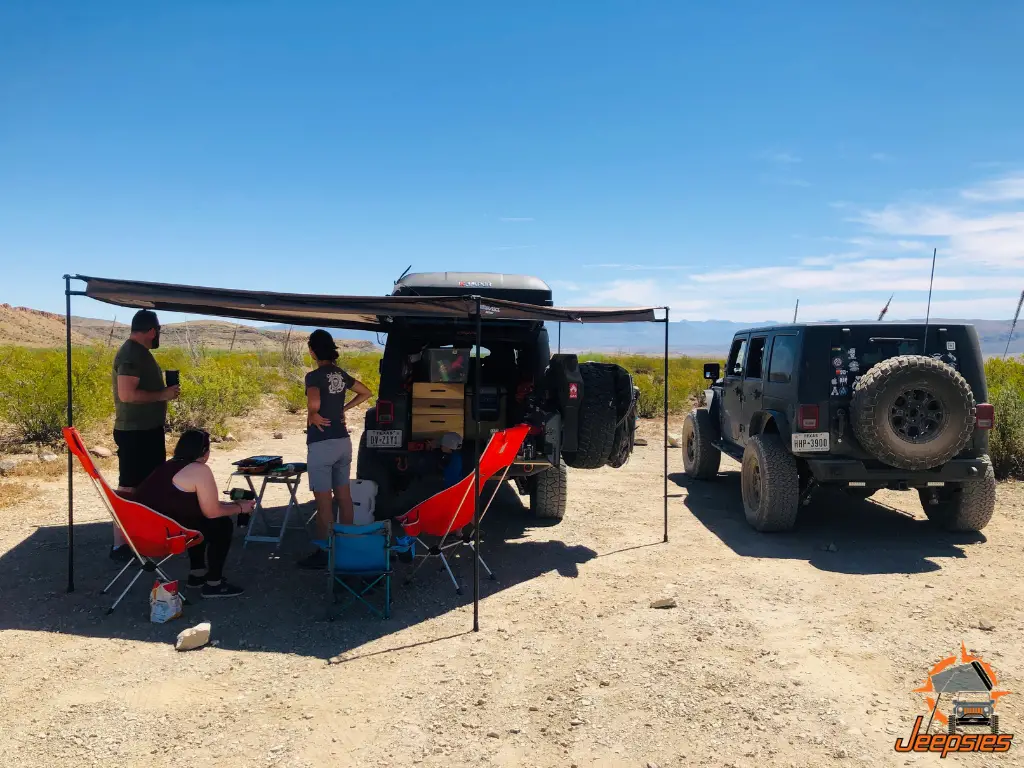
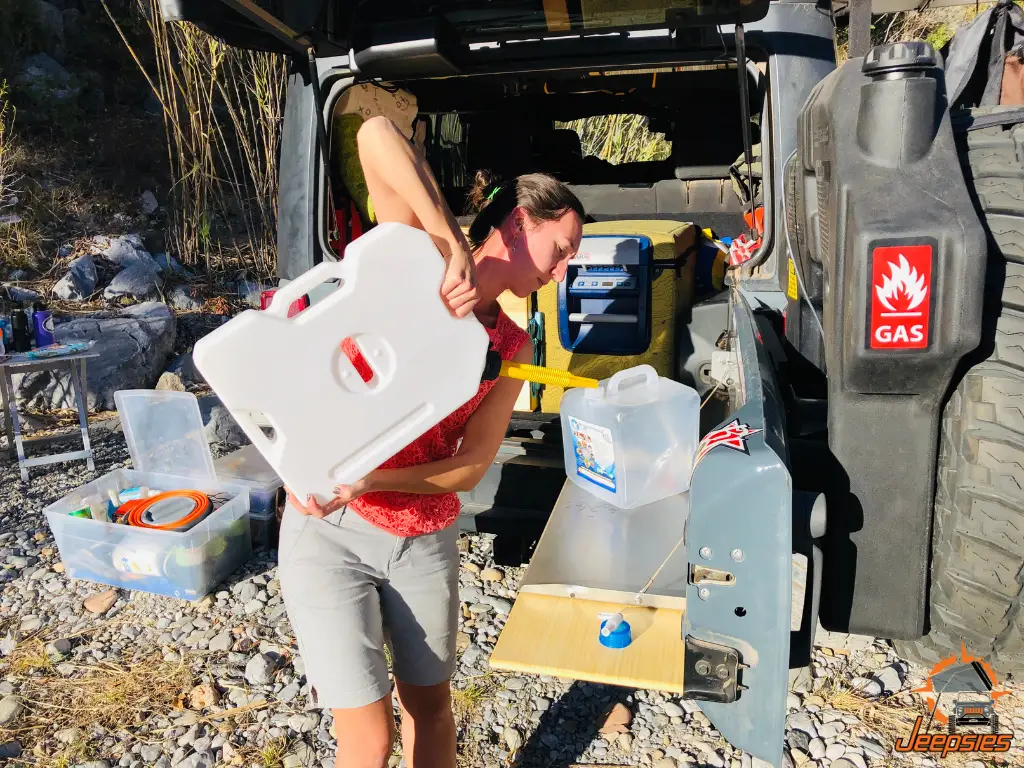
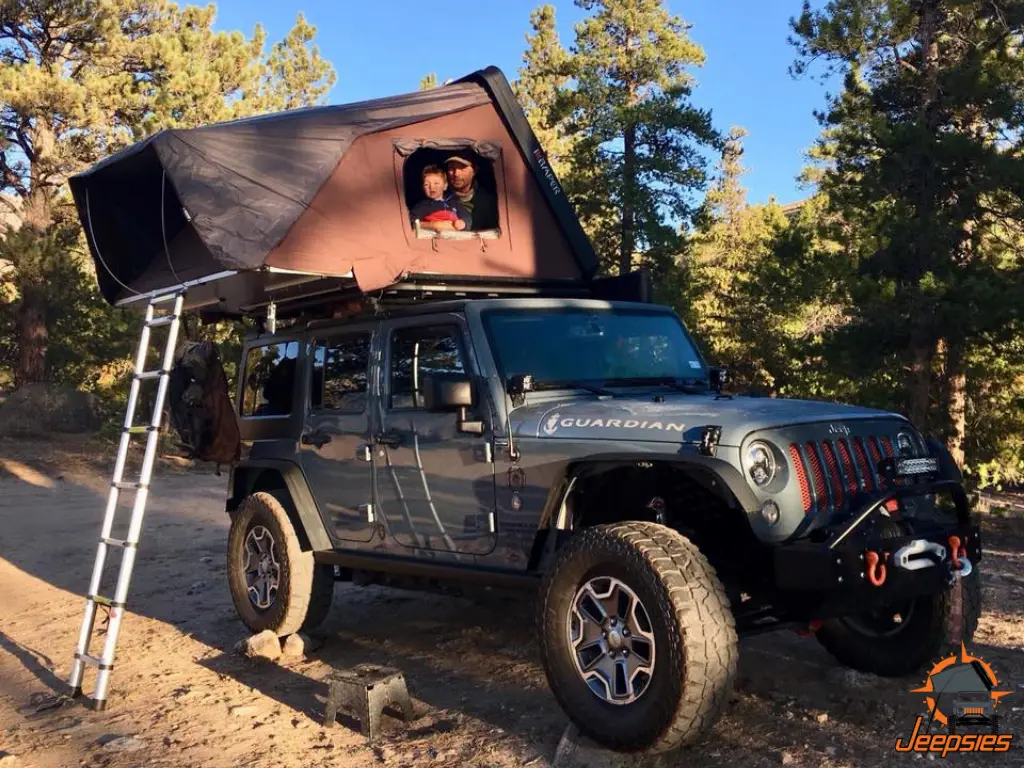
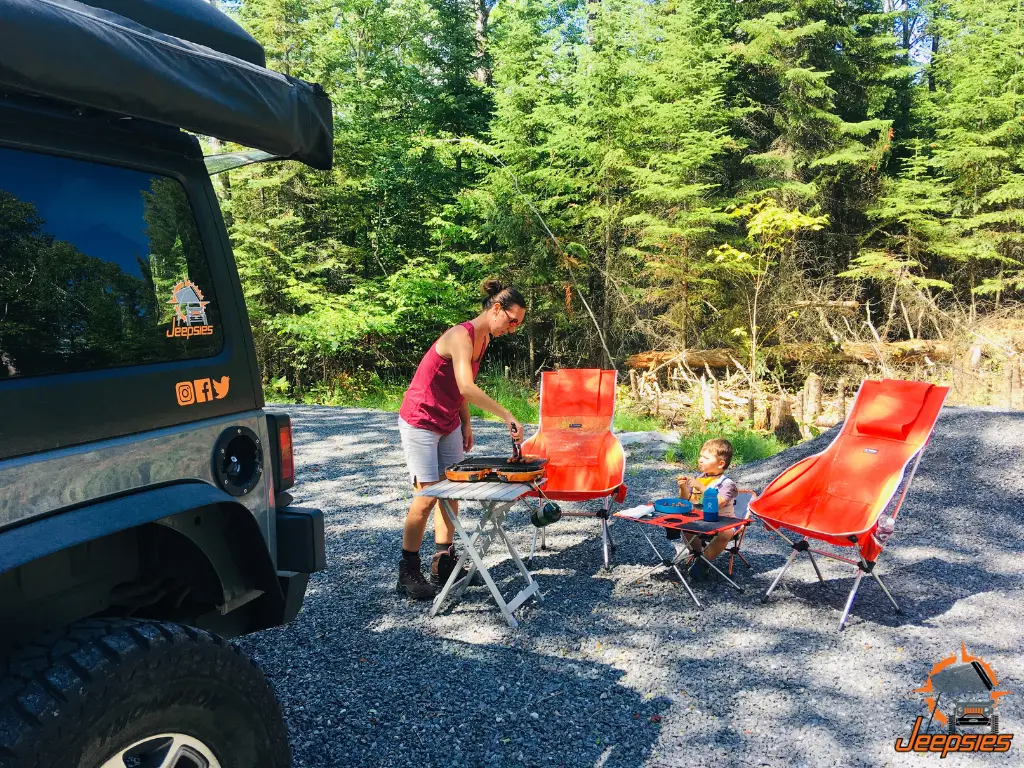
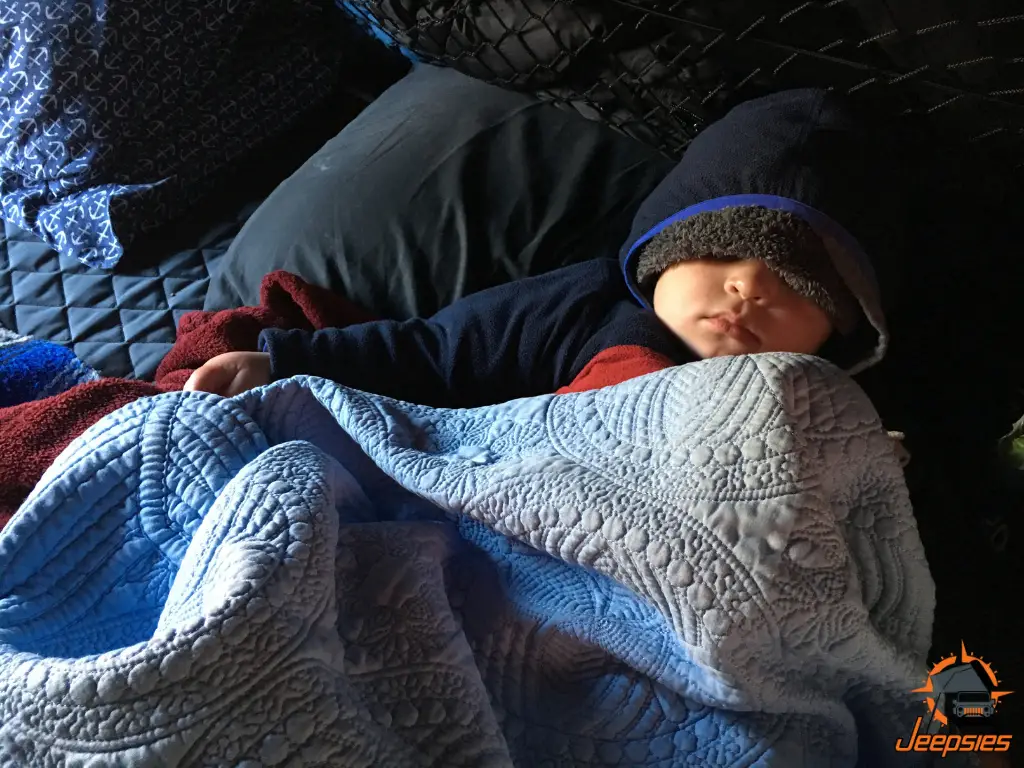


Eric,
I really enjoyed reading this article.
Thank for your contribution to the Overlanding community.
Steve
#XtremeOverlandUSA
Hey Steve! Thanks for taking the time to read it. Appreciate you leaving a comment. I genuinely love the community and meeting up with other like-minded individuals. I look forward to the day when we can share a campfire and swap stories. ~ Eric
Awesome as always Eric. And spot on regarding the spouse getting no sleep. I might add that if I don’t get enough the wife may still end me! ?
Haha. That’s funny. Glad you caught that little line I threw in there. Appreciate the comment love. ~ Eric
Great article! I see many folks buying a ton of gear before heading out trip one. This is not the way to do it. Get the basics as you stated and get out there! See what you like and then decide what you need!
Hank
@theadventurelog
@empirestateoverland
@hankoutdoors
Hank, always appreciate you my friend. Thanks for all that you do for the overlanding community and for being a personal friend. We look forward to spending time with you soon. ~ Eric
A great article and thank you for writing it!
I wanted to remind people to remember the rule of threes:
3 minutes without air
3 hours without shelter (in a harsh environment)
3 days without water
3 weeks without food
I use this hierarchy to help prioritize my needs, when planning a trip.
Rule of threes is pretty cool! But if I tell my wife 3 weeks without food… haha.
Thanks for the comment and appreciate the easy to remember rules! ~ Eric
Great points! I so appreciate that y’all support the ‘use what’s at hand’ concept. It’s so easy to get bogged down in consumerism and thinking you need the newest and best things.
That is so true, Carol. It took us a while to really internalize it, and now we share it with people as often as we can. We don’t want to anyone to spend so much on stuff that they don’t have money left to travel with!